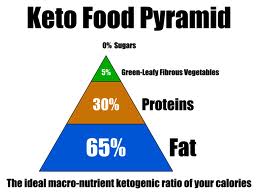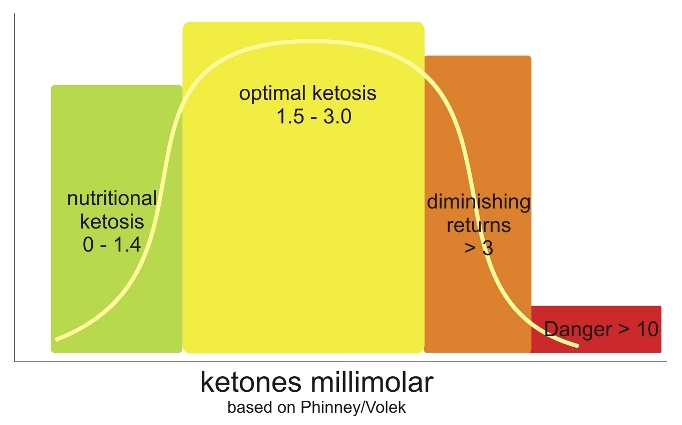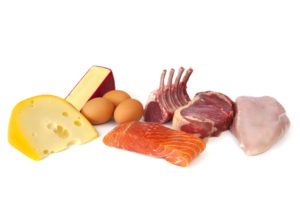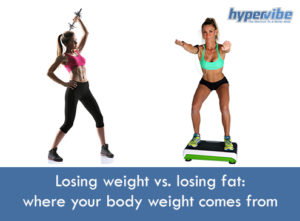Losing Fat on a Keto Regimen – Safe or Not?

Much appreciated by bodybuilders and gym rats, the ketogenic regimen and lifestyle owes its popularity to the impressive results one can obtain in terms of fat loss, muscle mass enhancement and overall health improvement.
Although less known that the Paleo diet, the keto regimen is based on similar nutritional principles, being a low carb-high protein (LCHP) diet that says no to processed carbs, junk foods, grains and other sources of unhealthy carbohydrates.
How does the keto diet work?
In general lines, any diet that’s low in carbs can be considered ketogenic, if it causes ketones to be produced by the liver. What are ketones? Some compounds or by-products that are made when the organism breaks down fats for energy.
The purpose of this diet is to shift the metabolism from glucose to fat utilization, and speed up the reduction of the body fat percentage by forcing the body to use the fat stored in the adipose cells as main fuel.
Typically, if your menu consists mostly of carbohydrates, the organism will prefer carbs as substrate for energy production, but once you restrict the intake of foods containing these nutrients, fat will become the preferred fuel.
As the body starts producing ketones, it enters a condition called ketosis, in which the levels of ketones in blood get higher. These compounds are acidic in nature so they can change the blood’s pH and make it more acidic, which is not a good fact, because it can lead to kidney and liver damage. To prevent the unwanted effects, you need to stick with a low-carb diet instead of completely removing carbohydrates form your menu.
The keto diet has a lot of benefits and applications in a wide range of ailments, from Parkinson’s disease to traumatic brain injuries. Adopting a ketogenic regimen can improve the memory function, decrease the seizures in epileptic patients, can be used as treatment in brain tumors in combination with classical therapy, and is very efficient for weight loss and body fat reduction. Moreover, it improves the insulin response and glycemic control, being useful for diabetic patients who aren’t insulin-dependent (I’ll explain this a bit later).
What are the macros?
If you want to follow the “standard” ketogenic diet you’ll have to do 60/35/5, which means getting 60% of your calories from fats, 35% from proteins and 5% from carbohydrates. This macronutrient ratio seems quite unbalanced at first sight, if we considered the general nutritional guidelines that recommend getting most of our calories from carb-rich foods, but at a closer look, this isn’t so hard to accomplish.
Think of the fact that a gram of dietary fat provides 9 calories, while proteins and carbs only provide 4 calories/gram. So this doesn’t mean you’ll have to eat two packs of butter per day to get your calories from fat. In fact, the keto menu can look very balanced if you choose your foods wisely.
Now, speaking of macros: a typical eating plan for a keto follower consists of 15 to 50 g of net carbohydrates per day. Still, if you’re just starting with this lifestyle it’s recommended to go a bit lower and try to get only 20 g of net carbs from foods, until your body adapts and your blood sugar levels are stabilized.
By getting most of you calories from proteins and fats, you’re less likely to experience sugar cravings, and foods providing these nutrients are usually fulfilling enough to keep you satisfied and keep hunger pangs under control as well.
On a keto diet, it’s easier to create a caloric deficit, so you can reduce your body fat percentage without feeling hungry all day long. However, note that although counting calories isn’t a must, for a beginner it’s good to keep track of what he or she eats, just to make sure the caloric intake isn’t too high. It may take some time and practice to learn how to eat healthy after reducing the carb intake!
You can find a good list of foods allowed in the keto regimen here. Keep in mind that when counting the carbs, you have to only add the net carbs, and remove the fibers. So if a recipe contains 12 grams of carbohydrates, of which 5 g are fiber, you’ll only count the remaining 7 g of carbs.
Is the keto regimen safe?
The keto regimen in itself is safe, but diabetes sufferer who are insulin-dependent should be careful with this diet approach, as they are likely to enter a state called ketoacidosis, due to the altered insulin levels. Ketoacidosis appears when the levels of ketones in blood are higher than the ones produced by the diet itself, and it’s a threatening condition.
On the other hand, even if you’re healthy, you might still experience some unpleasant symptoms until your body adapts to ketosis. Given the limited amount of carbs you’ll be eating, your glycogen stores will get depleted faster so you might experience nausea, dizziness, headaches, and the so-called “mental fog” that’s very common in keto beginners.
The symptoms resemble those of flu, hence the terms “keto-flu” or “carb-flu” used to define the adaptation period. In some people, the body adapts faster and the symptoms start disappearing after the first week, but in others it can take up to 12 weeks to get rid of these manifestations for good.
Another important aspect to keep in mind is that your body will be losing electrolytes along with the water weight, so you might need to add some chicken broth to your menu, as although water remains the best beverage for hydration, it doesn’t do much in terms of electrolyte replenishment. And if you feel you no longer have enough energy to train, you can switch to less demanding workouts until you’re keto-adapted.
Are you a keto follower? Join our Facebook community and share your thoughts with us!

















